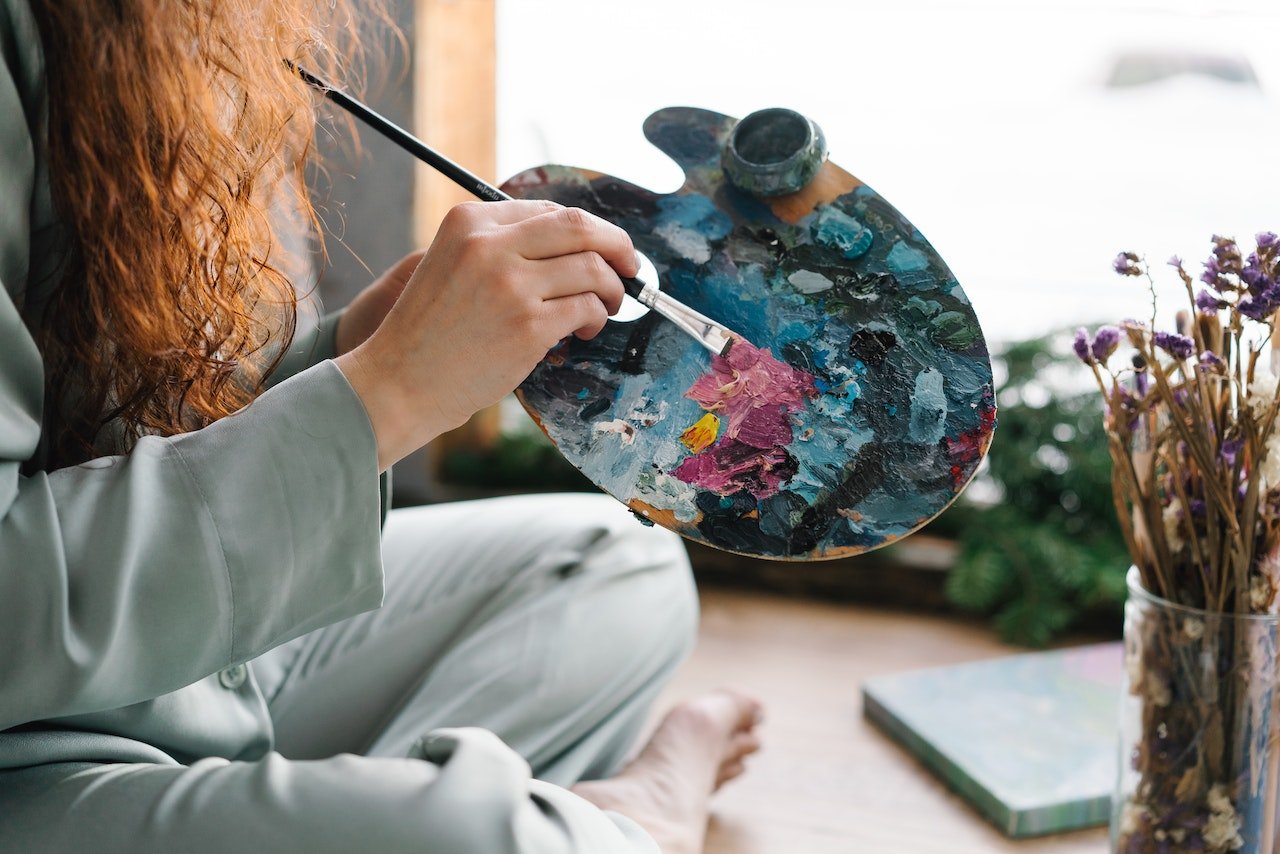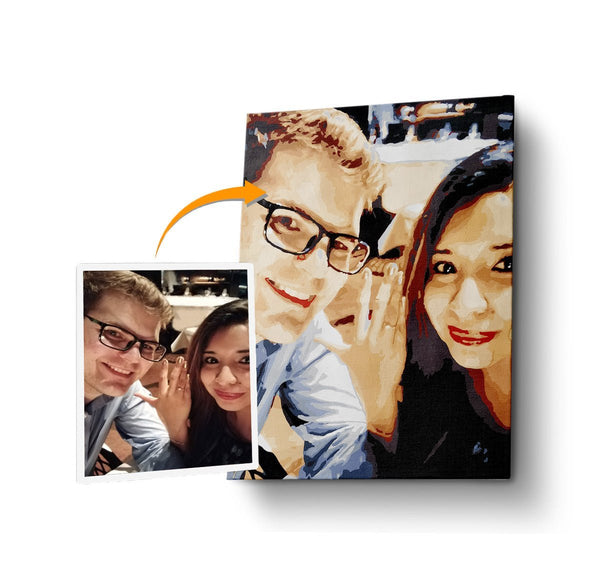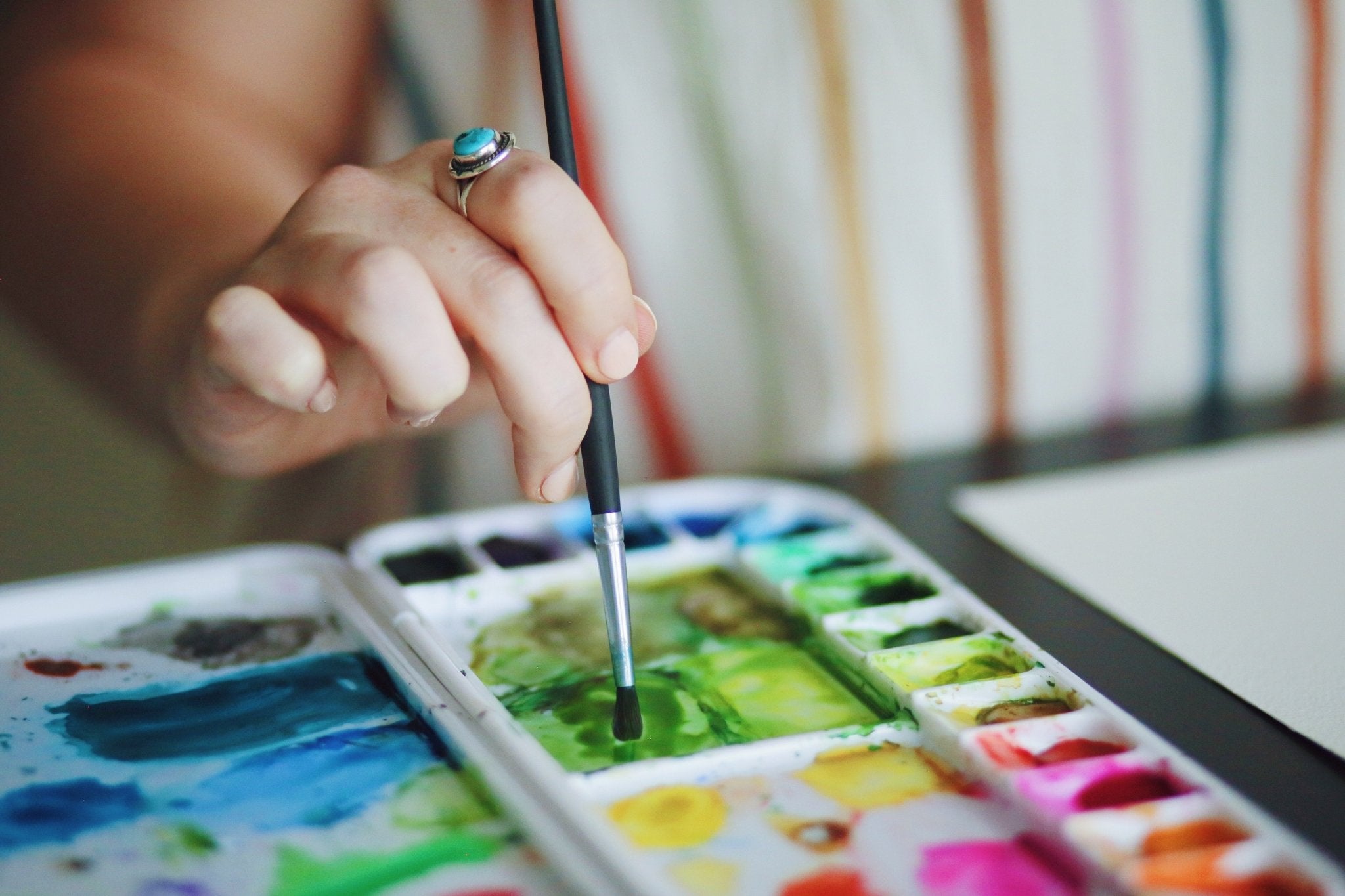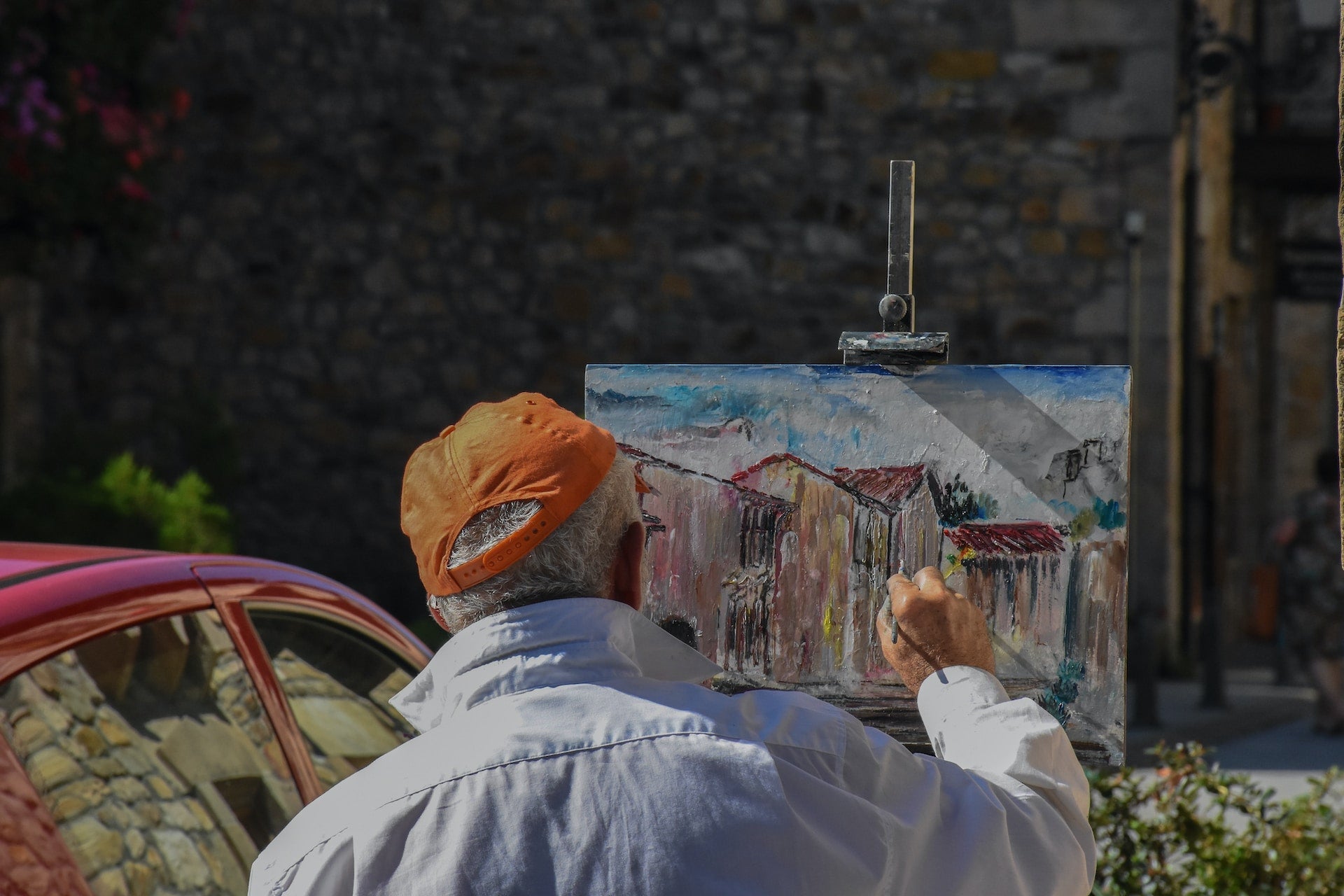
Beginner's Guide on How to Paint More Painterly
Painterly painting is a style of art that uses a palette knife to create texture and marks on your canvas. If you have been checking the artworks of various artists, you may notice that Vincent van Gogh utilized a technique that looks painterly-like.
If you're just starting with oil painting, this style can be intimidating because there are a lot of techniques involved. But, don't worry! In this article, we will explain everything you need to know about painterly painting to get started on creating your painterly pieces. What’s in it for you?
We will be giving you an in-depth exploration of the basics that you need to learn about this technique. You surely do not wanna miss out on this one, so keep on reading to know more!

What is painterly painting?
Painterly painting is a style of painting that involves the use of an oil paint palette knife. It’s characterized by being very textural and colorful, which can be achieved by using many different colors in your palette at once or by layering them on top of one another.
In general, painterly paintings tend to include:
A lot of texture:
This can be created by incorporating sandpaper into your work or even tracing over some areas with wet paint before you add more color.
Lots of colors:
This is achieved by using multiple colors side-by-side instead of mixing them in one go (which would result in muddy browns).

Tools and Medium for a Painterly style-artwork
To paint with a painterly style, you'll need the following tools:
- Oil paint (or acrylic)
- Palette knife
- Brushes
(for applying paint to the canvas and mixing it with water or other mediums (see below).
TIP: If you're using oil paints, select one that's thick enough to go on smoothly without being too thick. An oil brush is also an option if you don't have one of these full-size brushes at home! It's important for painting in this style because it gives your artwork depth and dimensionality—and makes it look cooler than if someone were just using thinned-out acrylics or watercolors alone!
The palette knife helps blend colors smoothly so they blend evenly throughout your painting instead of clumping up into little bumps everywhere like regular old brushes would do when applied cold onto wet paper surfaces which creates blotches where there weren't supposed to be any anyway.

How to make your paintings look more painterly.
If you want to make your paintings look more painterly, here are some tips:
Use a palette knife:
A big, flat brush can be used to apply glazes and washes on top of the painting, but if you want to create that kind of effect in your work, it's best to use a palette knife instead. This tool has a flat surface with several small holes that allow for mixing colors easily. You can also use it as an eraser when you're done painting!

Use large brushes for bold strokes and smaller ones for fine details or highlights:
But remember that bigger isn't always better! Sometimes, less is more when it comes down to how much paint goes on each stroke; try varying between different sizes depending on whether there needs to be any extra coverage (for example, if there's going to be some sort of shadowing).
The same goes true when applying glazes overtop whatever medium has been used undertones like graphite pencils charcoal pastels etcetera--you don't want too much pigment going onto one spot because then things start looking unnatural.
It’s okay to be basic:
You can achieve a painterly style with just your palette knife and some foam board. The first step is to create an edge by applying paint to the canvas. Then, use your palette knife to blend colors in various ways until you have created a smooth transition between them. Finally, add more layers of paint overtop of each other until they're mixed together seamlessly! It’s that easy!

Employ different ways to create texture:
For this guide, we will be talking about using a palette knife and brush at the same time. A palette knife is a tool that has been used for centuries to create texture on canvas by scraping off paint from one area onto another. It can also be used as an eraser in some cases (like when you're trying to remove some areas). For example, if you want to add some texture to an area where there are already shadows from another object or person hanging onto it, then use your palette knife!
You can also use it as a watercolor paint brush when painting oil paints because they don't shed hairs like other types do; therefore preventing any messes from occurring during application processes such as blending colors with brushes made out of animal fur (like boar hair).
Use different tools such as:
- Palette knives and we can’t emphasize that enough: This tool is used to create a smooth, blended look on a canvas by scraping in one direction. It's best if you have a palette knife with graded edges so that it can be used to create different textures in your painting. For example: if you're working with oil paints, use the tip of your palette knife to scrape off paint from below an area where there's already been more than one layer applied (such as under a dark shadow). Then apply more paint overtop of this surface and continue scraping until no more color is left on the canvas (or whatever surface you're working on). This will give your painting an attractive rough appearance.
- Bristle brush, stencil brush: Brushes created from natural materials such as feathers, bristles from animal hides, or fur stuck into some kind of glue which makes them stiffer but still soft enough not to damage surfaces when pressed against them; these types usually come pre-cut into specific shapes such as hearts, etc., making them perfect tools for beginners looking forward towards creating beautiful paintings using only their own hands!

PRO TIP: Simplify your painting when utilizing a painterly technique
You know what they say, the simpler the better. With such, you’ll allow yourself to focus on the brushstroke and let the textures shine on their own. Moreover, it will also strike out a balance which can give your painting a plus point on its visual appeal.
Use fewer colors: A lot of people start with more than four or five colors, but it's not necessary to use all of them at once. If you want to simplify your painting, start by sticking to one primary color and then add some secondary colors in the middle of your canvas.
This will help you get used to utilizing less complicated brushes that don't cover as much area on the canvas so they're easier for beginners to work with. You can also use different shades of one color like yellow or blue-green (instead of red) if that helps your paintings feel more painterly without sacrificing too much detail in terms of realism—just remember not every painting needs every single hue available!
Use fewer brushstrokes: One way most artists begin simplifying their paintings is by reducing how many strokes they make per square inch (or centimeter). For example: instead of making 10 individual strokes per square inch on a piece with 5mm squares (the standard size), try only making three strokes instead!
This may mean starting over from scratch but it'll give both beginners and experts alike something new each time which would otherwise be difficult without changing things up completely again later down the track.

Conclusion
We hope this article has given you some ideas and hopefully inspired you to try out a painterly approach to your own work. If you are interested in learning more about painting techniques, be sure to check out more blogs here at Best Paint by Numbers!





